Green Wednesday: Rewarding Youth Climate Action and Planting for Pollinators
By Cathy Purlee, U.C. Master Gardeners of Napa County / Helena Falk, Environmental Contributor
Green Wednesday: Gardening and Ecological Insights
Every Wednesday Napa Valley Features brings you Green Wednesday, featuring articles from environmental voices and the UC Master Gardeners of Napa County. These contributors share research-based horticultural advice, insights on sustainability and climate topics relevant to our region.
Summary of Today’s Stories
In "Select Your Plants to Support Pollinators," Cathy Purlee explains how gardeners can create nectar corridors and year-round habitats to support a variety of essential pollinators.
“You do what you can.” — Cathy Purlee
In "Inspire, Don’t Intimidate," Helena Falk discusses why positive reinforcement is a more effective way to engage teenagers in climate action than fear-based messaging.
“I don’t want anyone to feel that same sense of panic and anxiety I once felt.” — Helena Falk
Inspire, Don’t Intimidate: Rewarding Teen Environmental Action in Napa Schools
By Helena Falk
NAPA VALLEY, Calif. — In the heart of Napa Valley, where nature’s beauty is both our livelihood and our legacy, encouraging environmental action among youth is more important than ever. As climate change accelerates, many well-meaning campaigns aimed at teenagers lean heavily on fear: dire predictions, vanishing species and wildfire threats. But while the climate crisis is urgent, research and local experience show that positive reinforcement (not fear) leads to deeper, more lasting engagement from today’s youth.

At schools such as Napa High and Vintage High, students are already showing an interest in sustainability, but the way we nurture that momentum matters. Fear-based messages can easily overwhelm teenagers, who are already navigating academic pressure, social stress and an uncertain future.
When I’m told about environmental issues such as biodiversity loss or rising sea levels, I start to panic, and I suddenly feel overwhelmed with anxiety. I used to be so frightened by bad news regarding the environment that I would try my hardest to ignore it. Instead of taking action and facing my fear, I chose to hide from it and disregard it completely. To stop ignoring the current environmental crisis, I believe we must not provoke fear in people but instead reward them for their efforts so that they don't hide from the problem. In the end, I don’t want anyone to feel that same sense of panic and anxiety I once felt.
Studies published in the Journal of Environmental Psychology seem to back this up. Such studies reveal that reward-based strategies are far more effective in changing behavior than doom-centered messaging, especially for our youth. Students respond better when they’re shown tangible, achievable ways to help and are recognized for their efforts.
For example, Napa High’s Environmental Club ran a campaign encouraging students to walk, bike or carpool to school for a week. Participants logged their eco-friendly commutes and earned community service hours or eco-gear as rewards. The campaign not only reduced school traffic for a week, but it also sparked new habits that lasted months for some students. Why? Because they were rewarded, not intimidated.
These efforts align with what youth psychologists and climate educators already know: Reward systems build confidence, inspire peer-to-peer learning and shift environmental action from a chore to a lifestyle. And in Napa, where students are surrounded by natural beauty, positive engagement is a wonderful opportunity.
So, what can our community do to support youth?
Recognize and celebrate student achievements in climate and sustainability.
Offer small grants, giveaways or field trips for eco-actions.
Practice environmental “glamification.” For instance, make eco-friendly brands or products more appealing and trendy to attract a broader audience.
Turn environmental “don’ts” into “do’s” by showing what students gain, such as health, community, leadership experience and personal impact.
Encourage creative projects that allow students to blend art, science and environmental goals.
By reframing environmentalism as a movement of hope, reward and empowerment, we can help Napa’s youth feel not just responsible for the earth but excited to protect it.
Actions you can take:
Students can participate in Napa Schools for Climate Action. Learn more here.
Make a difference and win prizes with the Napa County Climate Challenge, “Eat Green & Waste Less,” that began in May and ends July 15. Email Carly Silverman at carlys@bacommunities.org to join.
—
Helena Falk is a junior at Napa High School and an intern with the Napa Sierra Club. At Napa High she is a member of the Environmental Club.
Napa Climate NOW! is a local nonprofit citizens’ group advocating for smart climate solutions based on the latest climate science, part of 350 Bay Area. Info, napa.350bayarea.org
Select Your Plants to Support Pollinators
By Cathy Purlee, UC Master Gardener of Napa County
NAPA VALLEY, Calif. — Celebrations have just concluded for National Pollinator Week, an annual international event to raise awareness about the important role pollinators play in our everyday lives.
One way we can help pollinators is by planting nectar corridors. These dedicated plantings give our pollinators the food they need to survive. These areas also provide helpful pit stops for migrating species such as the monarch butterfly. Ideally, a nectar corridor is at least a half-acre, but not everyone has that much space to dedicate to pollinator plants. I have seen sidewalk strips developed as mini nectar corridors. You do what you can.
As a home gardener, think about what you can plant to support pollinators. If you need ideas, one good resource is Gardening for Pollinators and Biodiversity on the UC Davis Arboretum website.
It’s important to keep your garden poison-free and to have food-rich plants available when migrating species visit our area. If plants are blooming too early, the nectar may not be available for them when they pass through. Planning for a long nectar and pollen season can help.
Did you know that three-quarters of flowering plants and more than one-third of the world’s crops depend on pollination for reproduction? To maintain our own food supply, we need to feed bees, butterflies, moths, flies, beetles, wasps, hummingbirds and bats. Due to climate change, the use of toxic chemicals and a reduction in native habitats, many pollinators are struggling.
If you would like to see what a nectar corridor looks like, visit the Las Flores Community Center in Napa. Napa County Master Gardeners developed and maintain several learning gardens at the site, one of which is dedicated to pollinators. We had a monarch sighting on the milkweed last year. Milkweed (Asclepias spp.) is the monarch’s only host plant; it lays its eggs exclusively on milkweed, and its larvae feed on the plant leaves.
In March, Napa County Resource Conservation District held a community-wide event to plant native species on the Napa Valley Vine Trail. The garden is located across from Silenus Winery in Napa.
The Land Trust of Napa County and its conservation partners have been working to restore monarch habitat in Napa County. By propagating essential native plants and removing invasive species, they are creating more habitat for butterfly survival. Last year they planted 1,000 milkweed and nectar plants. The plan is to plant an additional 800 this fall. The more habitat, the more potential benefit to the monarch population.
All of these nectar corridors have a lasting positive impact on our local environment. A nectar corridor should provide food, water, shelter or cover and a place to raise young. When thinking about what to plant, be sure you support the entire life cycle. Adults like certain plants, and they will seek a food source for their larvae. A little tolerance is required on our part as the larvae can chew on a lot of plants and leave their frass behind.
California native plants tend to bloom in early spring and summer. You can extend the blooming season by incorporating plants from other areas with a Mediterranean climate.
Some butterfly species, such as the monarch, will migrate when the season changes, but most pollinators stay home and ride out the cold. So in the winter we are surrounded by bees and butterflies even though we can’t see them. Most native bees spend the winter in their nests, often nesting in the ground in our yards or raised beds. Some invertebrates will nest or hibernate around rocks and wood debris.
Take a hard look at your yard and consider the pollinators. Having a large diversity of plants will attract a variety of pollinators. Many blooming plants that we consider weeds are attractive to pollinators. This year I allowed more flowering weeds to stay in my garden.
Maintain a shallow dish with water and add rocks for pollinators to land on so they can drink without drowning. Avoid pesticides. Ensure multiple plants are blooming each season. Instead of turf grass, consider planting white clover as a green ground cover. It also provides food for our pollinators.
In my own yard, I plan to make some pollinator-friendly changes. I’ll be pulling out some plants and replacing them with natives, which have the added benefit of being drought-tolerant.

Events
Tree Walk: Join UC Master Gardeners of Napa County for a docent-led tree walk of Fuller Park in Napa on Friday, July 11, from 10 to 11:30 a.m. Historic Fuller Park is an arboretum with many exotic and native trees planted over the past 120 years. Meet at the corner of Oak and Jefferson streets in Napa. Registration required.
Workshop: Join UC Master Gardeners of Napa County for a workshop on “Adding New Excitement to Your Succulent Garden” on Saturday, July 26, from 10 a.m. to noon, at the University of California Cooperative Extension, 1710 Soscol Ave., Napa. Learn how to add interest, structure, biodiversity and movement to your succulent garden with companion planting. Register here.
Library Talk: UC Master Gardeners of Napa County with Napa Public Library will host a free talk on “Beautiful and Protective Firewise Landscaping” on Thursday, Aug. 7, from 7 to 8 p.m. via Zoom. Learn how to make your home more fire-wise and how to landscape with fire safety and resilience in mind without sacrificing beauty. Note that the meeting will not allow entry after 7:15 pm. Register to receive the Zoom link.
Help Desk: The Master Gardener Help Desk is available to answer your garden questions on Mondays and Fridays from 10 a.m. until 1 p.m. at the University of California Cooperative Extension Office, 1710 Soscol Ave., Suite 4, Napa. Or send your questions to mastergardeners@countyofnapa.org. Include your name, address, phone number and a brief description of the problem. For best results attach a photo.
—
Cathy Purlee is a UC Master Gardener of Napa County.






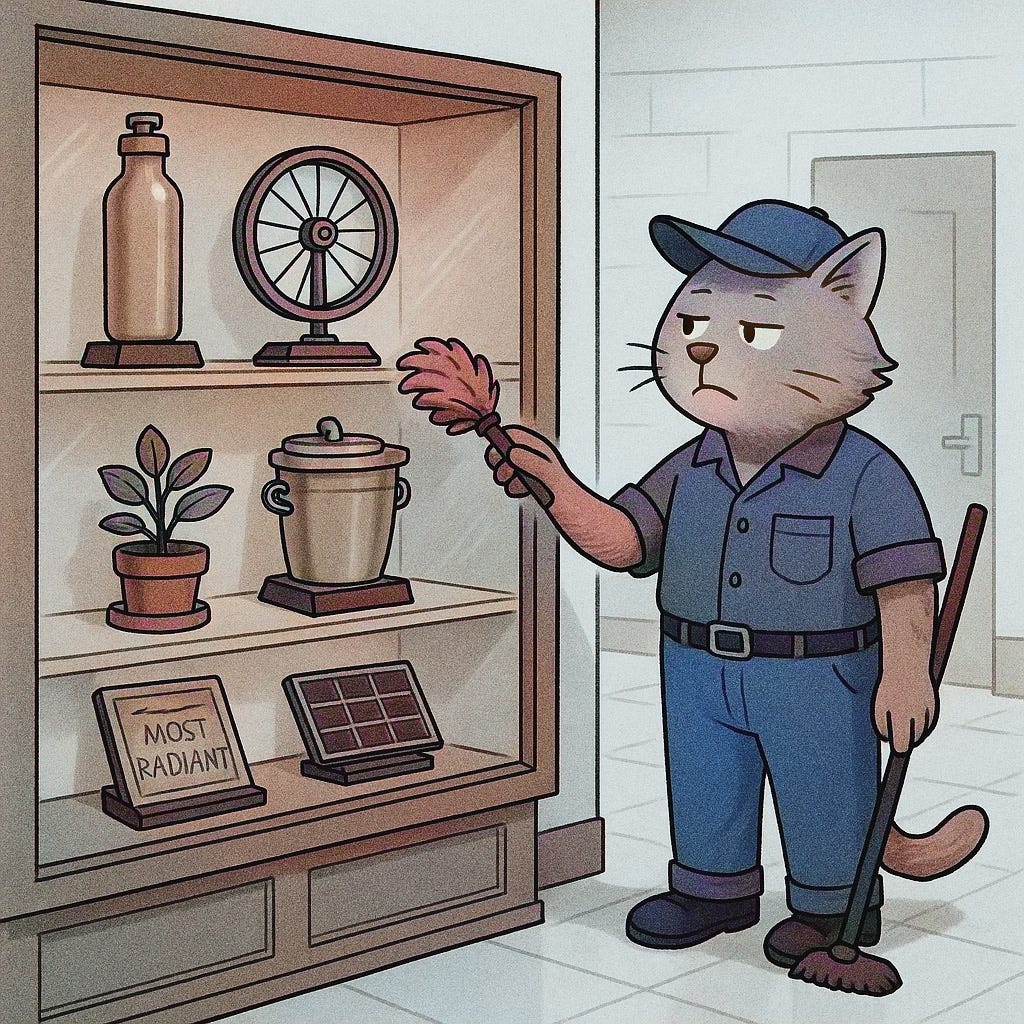


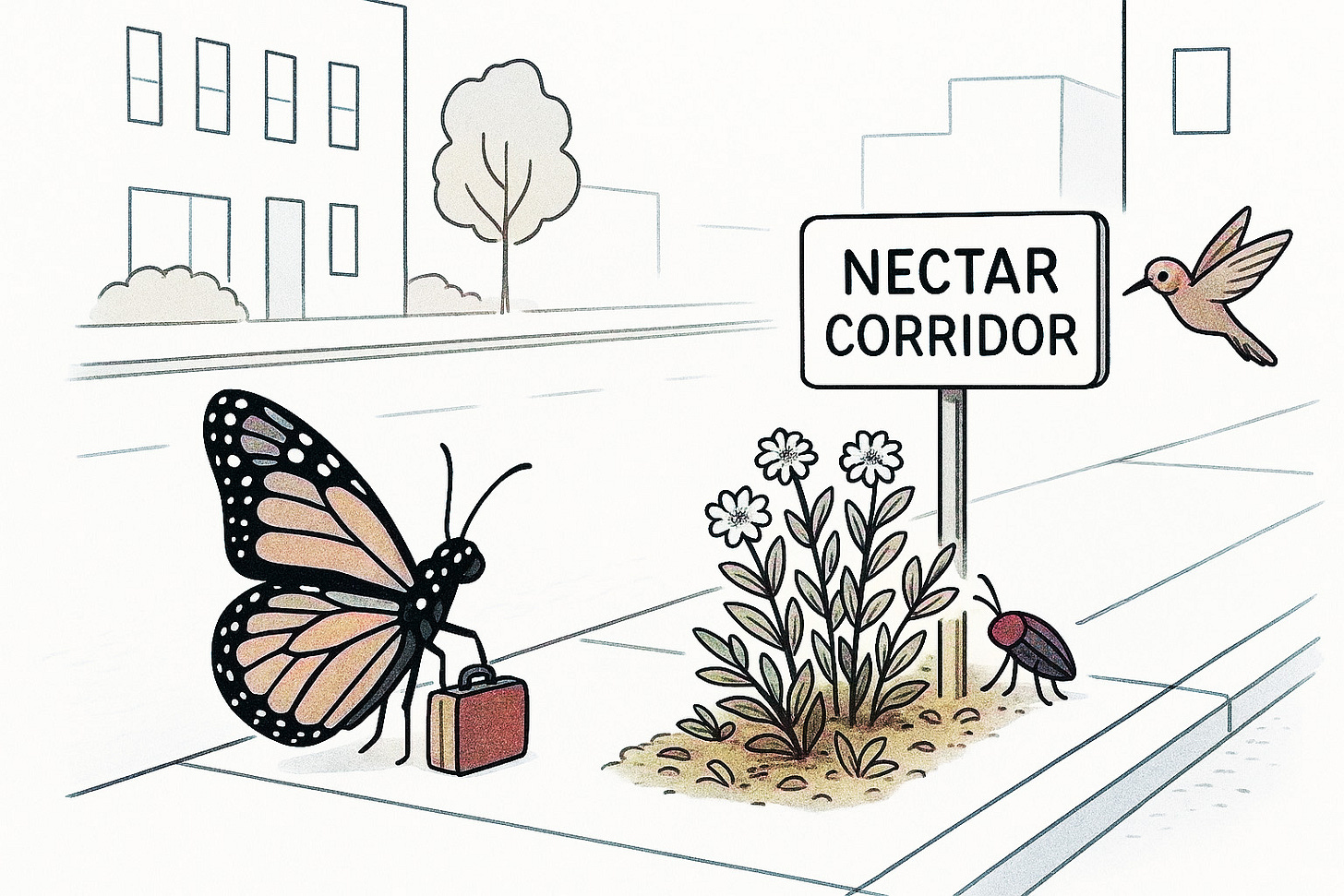

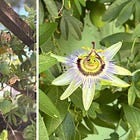

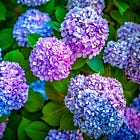
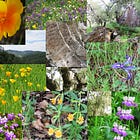
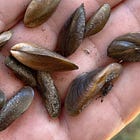



Cathy Great article!!!!!!